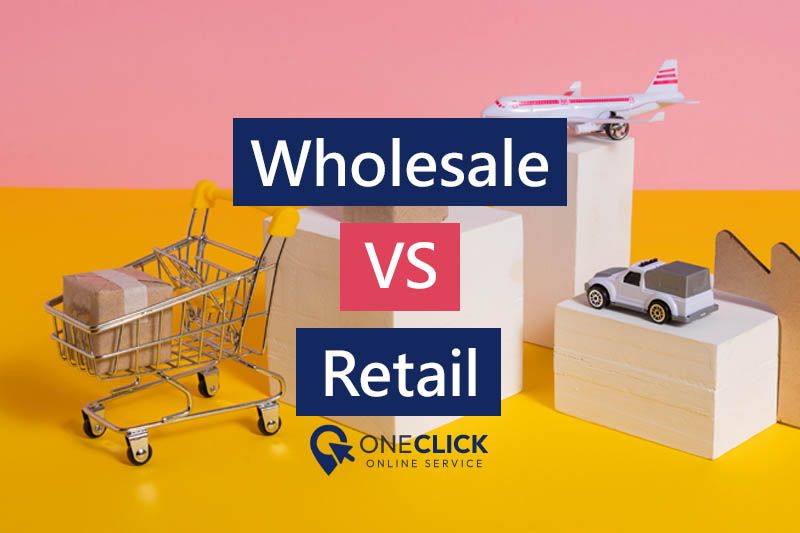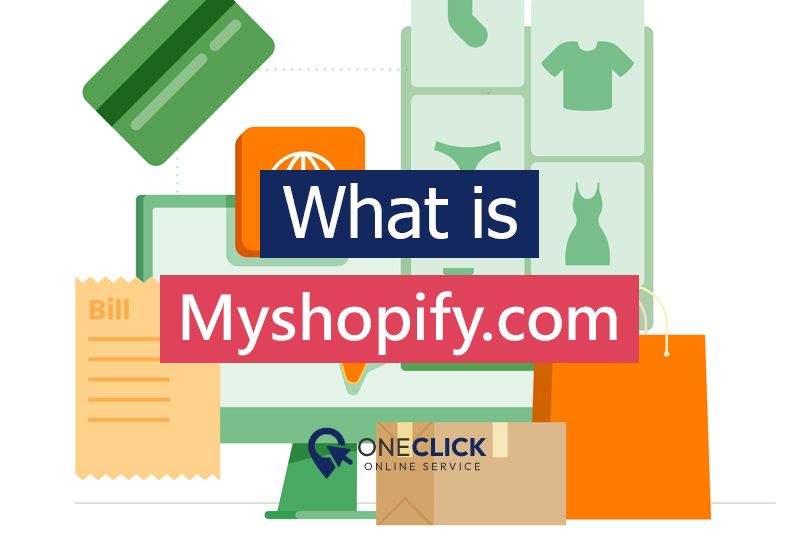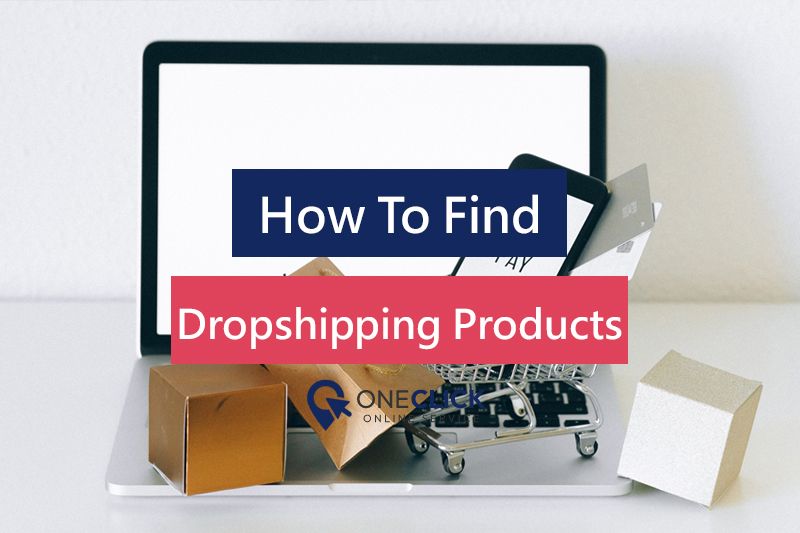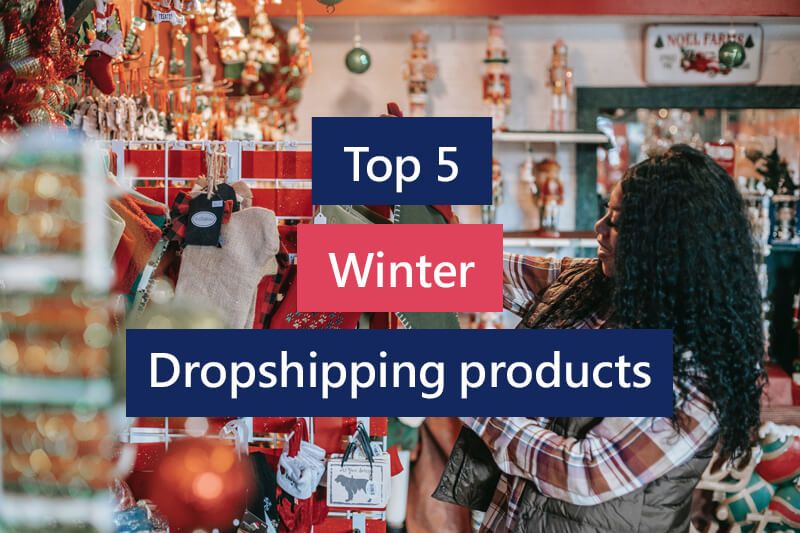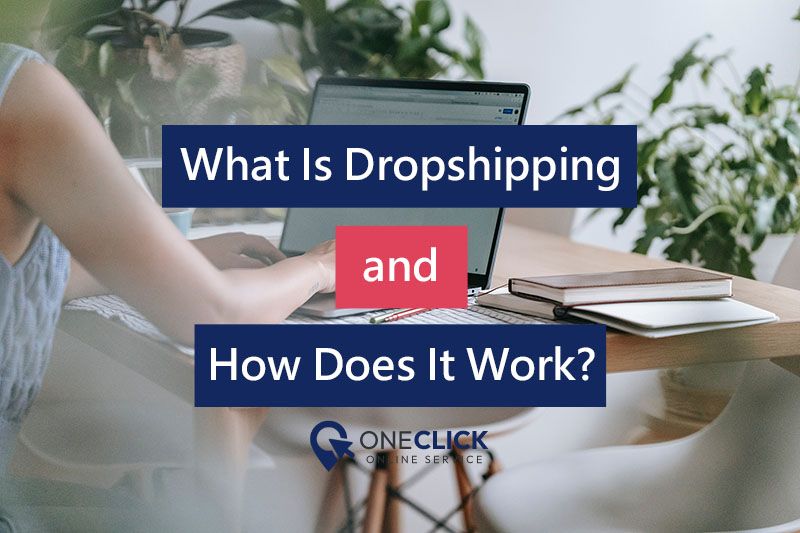Dropshipping Fulfillment: How It Works & What to Expect in 2025
Table of contents
- What Is Dropship Fulfillment?
- How Does Dropshipping Fulfillment Work?
- Tips for Creating a Reliable Dropshipping Fulfillment System
- What Are the Benefits of Dropshipping Fulfillment?
- What Is a Dropshipping Fulfillment Supplier?
- What Does It Mean When an Order Is in Fulfillment?
- Dropshipping vs. E-Commerce Order Fulfillment: What’s the Difference?
- Setting Up a Dropshipping Business
- Tips on Choosing Dropshipping Fulfillment Suppliers
- FAQs About Dropshipping Fulfillment
- In Conclusion
Dropshipping fulfillment is the backbone of any successful dropshipping business ensuring that products move seamlessly from supplier to customer without you needing to manage inventory or logistics directly. But how does the process really work from behind the scenes? And more importantly, how can you make sure your fulfillment system is fast, reliable, and scalable? In this updated 2025 guide from Oneclick Dropshipping, we’ll break down every part of the dropshipping fulfillment journey from the first order to final delivery and give you tips to help optimize your fulfillment process for maximum efficiency and customer satisfaction. Whether you're launching a new store or optimizing an existing one, this guide will give you a complete understanding of dropshipping fulfillment. Let’s jump in.
What Is Dropship Fulfillment?
Dropshipping fulfillment is the logistical process used to complete customer orders in a dropshipping model. Unlike traditional retail or eCommerce where sellers purchase and store products upfront, dropshipping lets you partner with third-party suppliers who manage inventory, packaging, and shipping on your behalf. This eliminates the need for warehousing, reduces startup risk, and gives entrepreneurs more flexibility. You can run a lean business with fewer overhead costs but only if your fulfillment system is fast and dependable. That’s why choosing the right suppliers and optimizing your order management process is crucial for customer satisfaction and business growth.
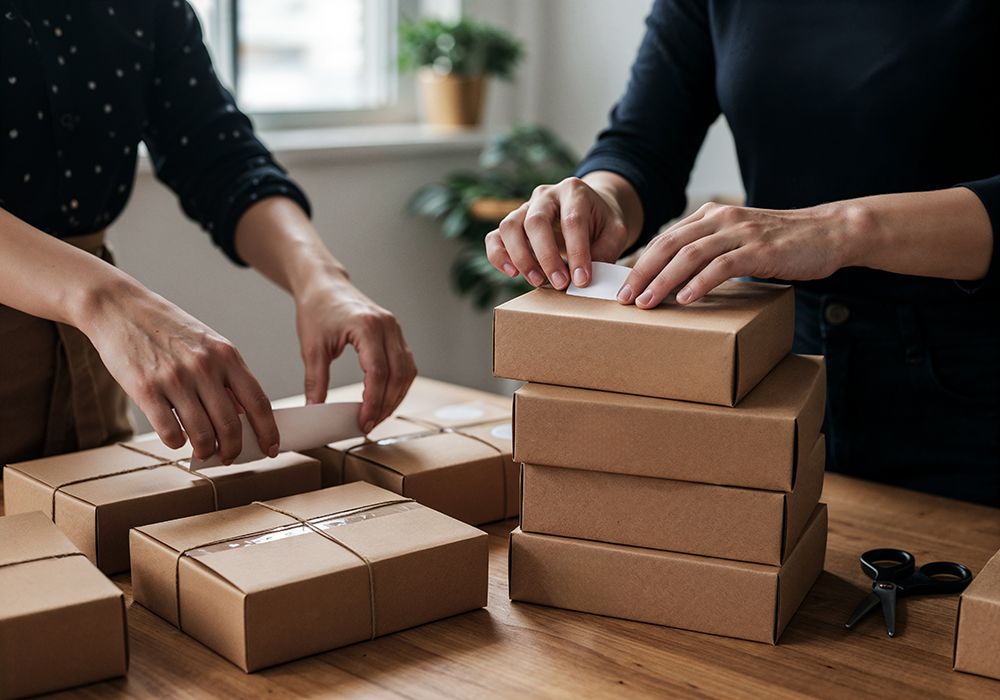
How Does Dropshipping Fulfillment Work?
Dropshipping fulfillment involves a streamlined workflow where the store acts as a facilitator between customer demand and supplier inventory. Here’s how it works step-by-step:
Step 1: A Customer Places an Order
A customer browses your store, selects a product, and completes the checkout process. At this point, you receive all the essential details: items purchased, shipping address, and payment confirmation.
Step 2: You Forward the Order to Your Supplier
Once the order is placed, it's sent to your supplier for processing. This can be done manually, or automatically if you use an integrated eCommerce platform or fulfillment software like Oberlo, DSers, or Oneclick-compatible plugins. Automation is key to reducing delays and ensuring accuracy, especially as your order volume grows.
Step 3: The Supplier Packs and Ships the Product
After receiving the order, the supplier picks the product from their inventory, packages it (often using plain or custom-branded packaging), and ships it directly to the customer via the selected shipping method. Some suppliers offer value-added services like branded packaging, inserts, or thank-you cards to elevate the customer experience a great way to build brand loyalty in a competitive market.
Step 4: Tracking Information Is Provided
Once the product ships, your supplier sends over a tracking number. You then share that tracking information with the customer, keeping them informed about their delivery status and reducing support inquiries. Some platforms automate this step, sending tracking emails or SMS notifications automatically.
Step 5: The Customer Receives Their Order
The order arrives at the customer’s doorstep, completing the fulfillment cycle. If the customer has issues such as late delivery, product defects, or incorrect items it’s your responsibility to coordinate with the supplier and ensure the issue is resolved promptly. Providing responsive customer service and working with reliable suppliers is essential to keeping returns and complaints to a minimum.
Tips for Creating a Reliable Dropshipping Fulfillment System
To build a seamless and scalable fulfillment system, follow these key best practices:
- Vet and Test Suppliers Before Committing:
Don’t rely solely on supplier directories. Order samples to assess product quality, packaging, and delivery speed before partnering.
- Use Automation to Reduce Human Error:
Automate repetitive tasks like order forwarding, inventory updates, and shipping notifications using Oneclick-compatible apps and plugins.
- Offer Transparent Shipping Policies:
Display estimated delivery times, shipping fees, and return policies clearly on your site to manage customer expectations.
- Monitor Key Fulfillment Metrics:
Keep tabs on order accuracy, average delivery time, and customer satisfaction to evaluate your fulfillment performance.
- Build Contingency Plans:
Have backup suppliers for your top-selling products to avoid disruptions during high demand or supply chain issues.
What Are the Benefits of Dropshipping Fulfillment?
Dropshipping fulfillment is one of the most accessible and efficient ways to run an eCommerce business today especially for entrepreneurs seeking flexibility and low financial risk. Whether you’re just launching your first store or optimizing an existing one, the benefits of this model are clear. Here’s why more online sellers are choosing dropshipping fulfillment with platforms like Oneclick:
1. Low Startup Costs & Minimal Risk
With dropshipping, you don’t need to invest thousands in upfront inventory. You only purchase a product after a customer places an order drastically lowering your entry barrier. This “pay-as-you-sell” model minimizes financial risk, allowing you to launch a business with limited capital.
2. No Warehousing or Logistics Required
Say goodbye to storage fees and warehouse headaches. Your suppliers handle all inventory management, packing, and shipping. This not only cuts costs but also frees you from the complex logistics involved in traditional eCommerce operations.
3. Massive Product Variety & Catalog Flexibility
Dropshipping lets you offer a broad selection of products without the constraint of physical storage. You can list hundreds of items across multiple niches testing new categories quickly and expanding your catalog based on what your customers want.
4. Effortless Scalability
One of the biggest perks of dropshipping is how easily it scales. As your sales grow, you’re not burdened with higher fulfillment demands. Since suppliers handle the back-end logistics, you can focus on marketing and customer service while managing a larger volume of orders.
5. Operate From Anywhere in the World
Running a dropshipping business is incredibly flexible. All you need is a laptop and an internet connection. Whether you're working from home, traveling abroad, or building a digital nomad lifestyle, you can run your store from virtually anywhere.
6. Lower Risk of Unsold Inventory
In traditional retail, unsold stock eats into profits. With dropshipping, you avoid this risk entirely. If a product doesn’t perform, you can simply remove it from your store with no loss on inventory.
7. Quick & Low-Cost Product Testing
Want to experiment with trending products? Dropshipping makes it easy. You can add new items to your store and test market demand without large investments. This helps you stay agile, capitalize on trends, and refine your offerings in real time.
8. Focus on Branding and Marketing
Without the need to manage fulfillment, you gain more time to focus on branding, customer experience, and advertising the elements that actually drive sales. This can give your store a competitive edge, especially if your suppliers offer branded packaging and white-labeling options.
9. Reduced Operational Burden
Since you’re not packing boxes or dealing with logistics, you can operate leanly even as a one-person business. Dropshipping allows you to automate large parts of your operations, streamlining your day-to-day workflow.
10. Easier International Expansion
Thanks to global suppliers and shipping networks, you can sell worldwide without needing to manage international warehousing or distribution. This gives you access to larger markets without complicated overhead. While dropshipping isn’t without challenges such as supplier reliability or customer service demands the benefits make it an ideal model for many entrepreneurs aiming to build a low-cost, scalable eCommerce business.
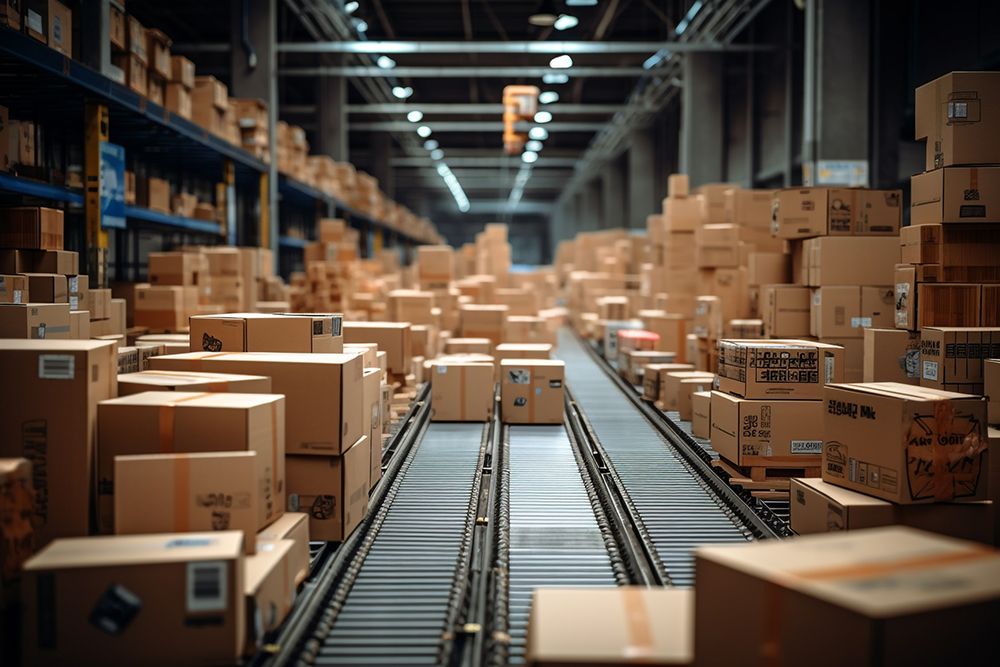
What Is a Dropshipping Fulfillment Supplier?
A dropshipping fulfillment supplier is a third-party company typically a manufacturer, wholesaler, or dedicated fulfillment center that stores products and ships them directly to your customers when orders come through your store. Here’s how it works:
- You list the supplier’s products on your website at retail prices.
- When a customer places an order, you pay the supplier the wholesale price.
- The supplier packs and ships the order directly to your customer.
- The profit is the difference between your selling price and the supplier’s cost. These suppliers are a crucial part of the dropshipping ecosystem. Some even offer value-added services such as:
- Custom Branded Packaging Add your logo, messaging, or unboxing experience for a branded look.
- Custom Labeling Include your business name or SKU codes for easier tracking and returns.
- Priority Fulfillment Accelerated order processing for quicker delivery times, which is especially valuable in competitive markets.
What Does It Mean When an Order Is in Fulfillment?
Understanding the Order Fulfillment Status When an order is marked as “in fulfillment,” it means the process of preparing, packaging, and shipping the product has begun. This is the stage where your supplier or fulfillment partner begins executing the order after it's placed on your eCommerce store. Let’s break it down: Imagine a customer buys a phone gadget from your store. Once the transaction is confirmed, your supplier is notified. At that moment, the order transitions into the fulfillment phase. This process includes several critical steps:
- Order Processing: The system verifies item availability, payment details, and shipping information.
- Picking & Packing: The item is retrieved from inventory and carefully packed.
- Shipping: The package is handed over to a logistics carrier for delivery to the customer. Customers may see various updates like:
- Processing: The supplier is reviewing and prepping the order.
- Packed: The item is packed and waiting for dispatch.
- Shipped: The order is now on its way to the customer. For customers, seeing “in fulfillment” indicates progress but the item has not yet left the warehouse. For store owners, it’s your cue to monitor tracking, handle exceptions like out-of-stock alerts, and keep communication flowing with the buyer.
Dropshipping vs. E-Commerce Order Fulfillment: What’s the Difference?
While both models center on selling products online, the biggest difference lies in inventory control and logistics ownership. Here’s a side-by-side comparison:
Dropshipping Fulfillment
In a dropshipping setup, you act as the middleman between the customer and the supplier. When someone places an order, you forward it to a third-party supplier, who handles product storage, packing, and shipping. For example, let’s say you sell Hair accessories. With Oneclick, you can list those products in your store without owning or storing them. Once a sale is made, your supplier takes care of everything behind the scenes.
Advantages:
- No upfront inventory costs
- No need to manage a warehouse
- Easy to scale and test new products quickly
Challenges:
- Less control over delivery times and packaging
- Harder to inspect product quality before shipping
- Returns and refunds can be more complex to manage
Traditional E-Commerce Fulfillment
In traditional eCommerce, you purchase and stock inventory in advance. Products are either stored by you or in a warehouse/fulfillment center like Amazon FBA or a 3PL provider. When an order is placed, you or your logistics partner pick, pack, and ship the product directly to the customer.
Advantages:
- More control over product quality and inventory
- Branded packaging and custom inserts possible
- Faster fulfillment (especially if using local fulfillment centers)
Challenges:
- Requires upfront investment in inventory
- Risk of unsold stock and storage fees
- Logistics management can be time-consuming Key Takeaways
- Dropshipping is ideal for testing markets, launching stores with minimal risk, and managing orders remotely.
- Traditional fulfillment offers greater control and customer experience, but with higher costs and complexity.
- The right model depends on your goals: choose dropshipping for lean growth or traditional fulfillment for full control.
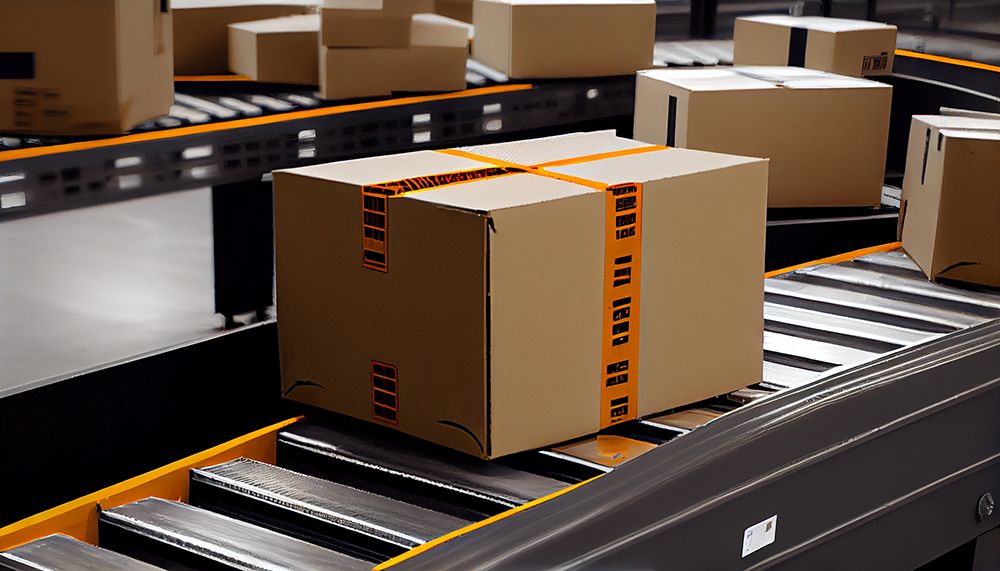
Setting Up a Dropshipping Business
Starting a dropshipping business with Oneclick is easier than ever but success depends on careful planning, supplier selection, and effective marketing.
Here’s a step-by-step breakdown to get you started:
1. Choose a Profitable Niche
Identify products with steady demand, good profit margins, and low saturation. Use tools like Google Trends, Oneclick’s niche finder, or product research platforms to validate your ideas. Examples: Eco-friendly household items, minimalist home decor, ergonomic tech accessories.
2. Find Trusted Dropshipping Suppliers
Reliable suppliers are critical to fulfillment success. Vet suppliers carefully using platforms like:
- AliExpress & DSers – Great for trending and low-cost products.
- CJdropshipping – Offers global warehouses and branding options.
- Spocket, SaleHoo – Connects you with US/EU suppliers for faster delivery. Always order test products to evaluate quality, packaging, and shipping times.
3. Set Up Your eCommerce Store
Use a platform compatible with dropshipping integrations:
- Shopify – Beginner-friendly and built for scalability.
- WooCommerce – WordPress-based for advanced customization.
- BigCommerce – Ideal for larger catalogs or international growth. Customize your store’s layout, upload product images, and write persuasive descriptions to drive conversions.
4. Import Products & Price Strategically
Use Oneclick’s product import tools to add items to your store directly. When pricing, factor in:
- Product + shipping cost
- Advertising spend (social media, influencers, etc.)
- Desired profit margin (aim for at least 30–50%) Use psychological pricing ($29.95 instead of $30) to improve conversions.
5. Set Up Secure Payment Gateways
Allow your customers to pay conveniently and safely using:
- PayPal
- Stripe
- Shopify Payments
- Local gateways depending on your target region Make sure you meet any country-specific payment compliance requirements.
6. Launch Marketing Campaigns
No traffic = no sales. Promote your store using:
- Facebook, Instagram, and TikTok Ads Use product demos and user-generated content.
- SEO & Blogging Build long-term traffic with content that targets buyer intent.
- Influencer Partnerships Leverage trust and reach within your niche.
- Email Marketing Recover abandoned carts and nurture leads.
7. Analyze, Optimize & Scale
Track performance using Oneclick’s dashboard. Look for insights such as:
- Best-selling products
- Cart abandonment rates
- Customer acquisition cost (CAC) Scale your store by increasing ad spend, testing new audiences, and expanding your product catalog.
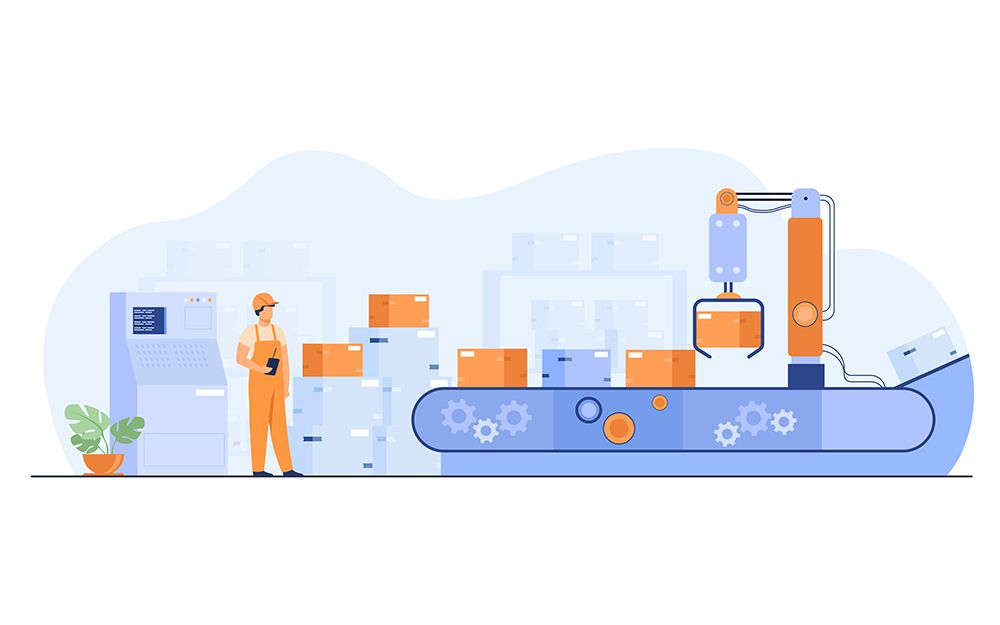
Tips on Choosing Dropshipping Fulfillment Suppliers
Your choice of dropshipping fulfillment suppliers can make or break your business. From delivery speed and product quality to customer satisfaction and profitability the right supplier forms the backbone of a successful dropshipping operation.
1. Reliable Service and Quality Standards
A dependable dropshipping supplier must meet consistently high service and product standards. It’s not just about fast shipping it’s about delivering a polished customer experience. Look for suppliers that:
- Offer high-quality, damage-free packaging
- Perform quality checks on outgoing items
- Provide clear communication and order updates Low-quality products or slow handling times lead to refunds, bad reviews, and lost customers. Always order sample products before listing anything in your store.
2. Fulfillment Capacity That Matches Your Growth
Your supplier’s ability to fulfill orders quickly and at scale is crucial, especially as your business grows. Consider:
- How many orders they can process daily
- Their turnaround time from order to shipment
- Whether they have multiple warehouses or fulfillment centers Larger, more established suppliers can handle spikes in demand, reducing your risk during peak sales periods like Black Friday or seasonal campaigns.
3. Competitive & Transparent Pricing
Low product costs = higher profit margins. That’s why it’s best to work with wholesalers, manufacturers, or fulfillment partners that offer:
- Factory-direct pricing
- Transparent shipping fees
- No hidden service charges Bulk discounts or tiered pricing models are also a bonus if you plan to scale. Avoid middlemen or retail-based suppliers their prices are inflated and will eat into your margins.
4. Value-Added Dropshipping Services
Stand out from your competition by choosing suppliers who offer more than basic fulfillment. Look for those who can support brand building and customer loyalty. Services to prioritize include:
- White labeling (branded packaging and labels)
- Custom printing (for apparel, mugs, phone cases, etc.)
- Private label products with your logo
- Sourcing unique or hard-to-find products These options make your store feel more like a real brand and less like a generic reseller.
5. Fulfillment Scope: Local, Regional, or Global?
A supplier’s fulfillment reach is important if you plan to scale internationally. Ask:
- Do they ship globally or only domestically?
- Do they have warehouses in your target countries?
- How fast are their shipping options across regions? Global suppliers or those with international warehouses allow you to reduce shipping times and appeal to a wider audience without needing to change suppliers as you expand.
6. Clear and Fair Return Policy
Returns are inevitable in eCommerce. When they happen, you’ll want a supplier who handles them fairly and professionally. Ensure your supplier offers:
- A defined return process
- Acceptable return windows (15–30 days is standard)
- Refunds or replacements for damaged or incorrect items Avoid suppliers who don’t honor returns or who put the full burden of defective products on you it could cost your business.
FAQs About Dropshipping Fulfillment
How Long Does Dropshipping Fulfillment Take?
Fulfillment times depend on the supplier’s location, shipping method, and customer destination. Here’s a general breakdown:
- AliExpress or China-based suppliers: 7–30 days (Standard), 5–15 days (Expedited)
- US/EU-based suppliers: 3–7 days (Domestic shipping)
- Private suppliers with warehousing: Often 5–10 days, with premium express options
Can I Use Multiple Fulfillment Suppliers?
Absolutely. Many successful dropshippers work with several suppliers to:
- Expand product variety
- Shorten shipping times using region-specific fulfillment
- Reduce risk if one supplier is out of stock That said, managing multiple suppliers can get complex. Use platforms like DSers, Spocket, or Oneclick’s integrated fulfillment tools to sync inventory and orders seamlessly.
What Are the Most Common Fulfillment Issues in Dropshipping?
Here are the top challenges dropshippers face and how to fix them:
- Slow shipping times: Choose faster carriers or suppliers with local fulfillment centers.
- Stockouts: Monitor inventory levels or maintain backup suppliers.
- Low-quality products: Always order test units and switch suppliers if needed.
- Lack of tracking: Work with suppliers who provide real-time tracking updates via APIs or integrations. Solving these issues early keeps your store’s reputation intact and customer satisfaction high.
In Conclusion
Choosing the right dropshipping fulfillment supplier isn’t just about who offers the cheapest product it’s about building a reliable, scalable, and brand-aligned partnership that grows with your business. By evaluating service quality, fulfillment speed, pricing, product range, and added-value services, you can secure suppliers that deliver consistently and protect your reputation. At Oneclick, we specialize in matching you with trusted suppliers and giving you all the tools you need from automated fulfillment to private labeling to build a professional, global dropshipping brand. Ready to streamline your fulfillment process? Sign up on Oneclick app here




